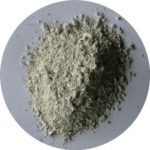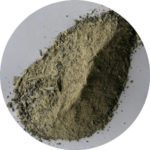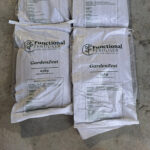P.W. Burton
We farmed in an era when the information from the major research stations, primarily that from Ruakura, was taken as gospel, and farming practices reflected our belief in its correctness.
We were told that pasture was a total diet for dairy cows, and feeding a high energy supplement was somehow seen as ‘cheating’.
The justification of that attitude was that animals which were offered any feed eaten in preference to pasture resulted in less pasture being consumed, which was “inefficient”.
It was well-known that cows strategically fed molasses or meal in spring produced more total fat and protein, and the farmers indulging in such practices seldom took part in local discussion groups.
It was usual for everyone to provide their current per cow production, and I recall a late-spring discussion group where the last to provide figures had significantly higher production, resulting in another round, as everyone factored in calf milk and anything else to justify a higher figure.
The consequence of that was that everyone was required to produce their last milk collection docket to prove their figures were accurate, and numbers attending these sessions steadily dwindled. Peer pressure was, and remains, incredibly powerful.
Looking back on those times is helpful in order to make sense of what, in reflection, appears bizarre behaviour. It resulted from a lack of understanding, particularly of the nutritional requirements of grazing ruminants.
They require primarily a mix of fibre, energy, and protein. And here’s the thing – animals offered sufficient of each will only eat what they require, and yet how much is offered of each is normally pre-determined by a model.
All well and good, provided the information is correct, and yet the energy and protein component of pasture is changing by the minute in response to direct sunlight and temperature, and so it’s only by chance that a standard mix will be ideal.
The fibre and energy requirement in cold wet conditions is best met by making sufficient high quality hay available, and yet it is widely believed that silage is a more appropriate feed at that time.
Protein in pasture is nearly always measured by taking the nitrogen figure from a laboratory leaf test and multiplying by 6.25. That gives a crude protein figure which is usually accepted as total protein, and the supplement fed is calculated accordingly.
Crude protein is not full protein. Pastures receiving regular applications of nitrogen fertilisers will be high in crude protein, or nitrate. Such pasture cannot be digested by the rumen into full protein, and the excess nitrate is excreted by cows as a green liquid, containing semi-digested fibre.
Animals in this situation will be rapidly losing weight, and producing at a much lower level than can be achieved when sufficient high quality hay is available on demand.
There are already available soil nutrient programmes that ensure not only more total feed grown in a twelve month period, but also significantly more full protein and energy in the pasture, resulting in higher production and more rapid weight gain.
Such programmes are just part of a fundamental shift in high performance pastoral farming where the focus is rapidly shifting to quality with a lessened environmental foot print.
For more information contact Peter on 0800 843 809.




